Have Fun
A trip to the beautiful Cala Luna or a visit to the Archaeological Area of Monte Tiscali? Whatever your destination, we will be happy to suggest and organise
excursions to those places. Let us inspire you and ‘immerse’ you in these and many other places that make Sardinia one of the most sought-after and beloved islands in the world, not only for its sea but also for the poetry and intensity that other villages and towns in our land evoke with their traditions, aphrodisiac food and disarming welcome.
Our staff is ready to organise on your behalf, private transfers, excursions, island tours and a long list of wonderful activities, ensuring you an unforgettable holiday.
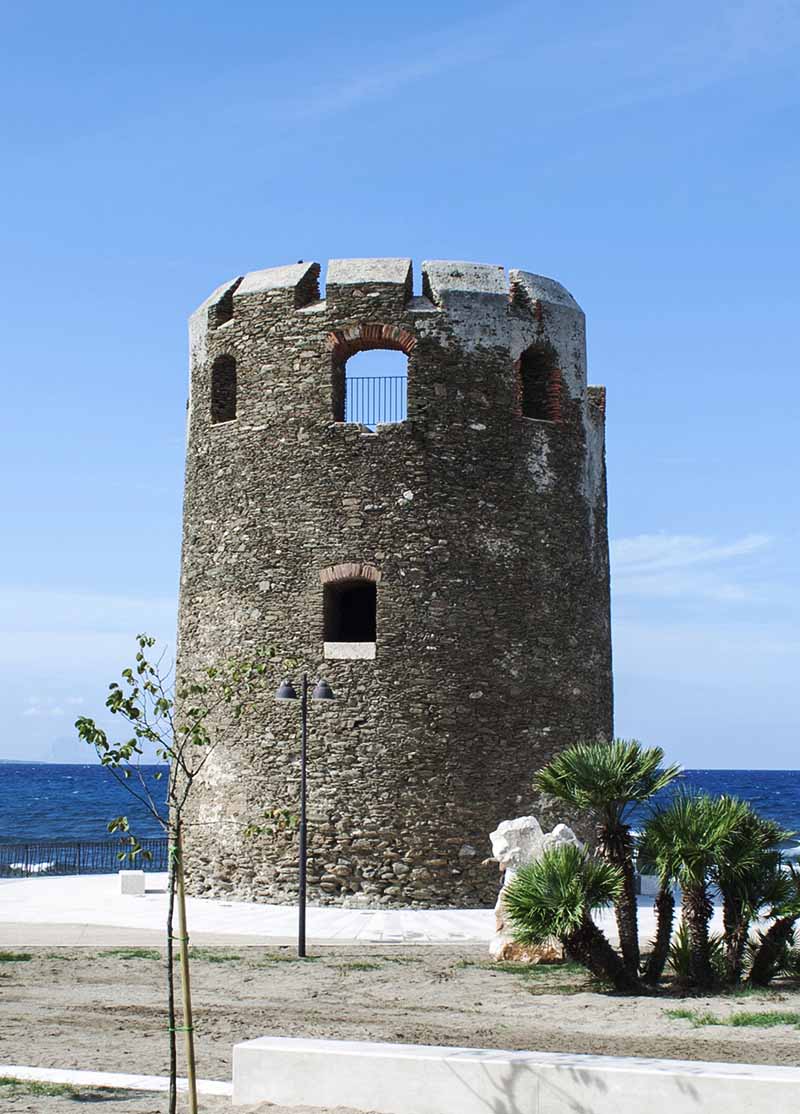
Santa Lucia
Santa Lucia is a small village near Siniscola that frames the colourful houses that make it up, the beautiful beach and its pine forest planted in the 1930s. Its 10- metre-high tower, which was built in 1639 to guard the port of Siniscola, is famous. In the surrounding square, one can still see the battlements and gunports pointing to the sea, defending the small hamlet of Santa Lucia, from which the tower takes its name. A very fine beach of grains of white sand, overlooking a crystal-clear sea with colours tending predominantly to blue and green, with a predominantly sandy seabed will fascinate you, while the southernmost part, ending in a small cliff, with rocks also emerging from the sea. We recommend a visit to Santa Lucia, not just for the beach and the sea, but because, this village has something magical about it and, as you lose yourself in its alleys, you will also discover its beautiful murals.
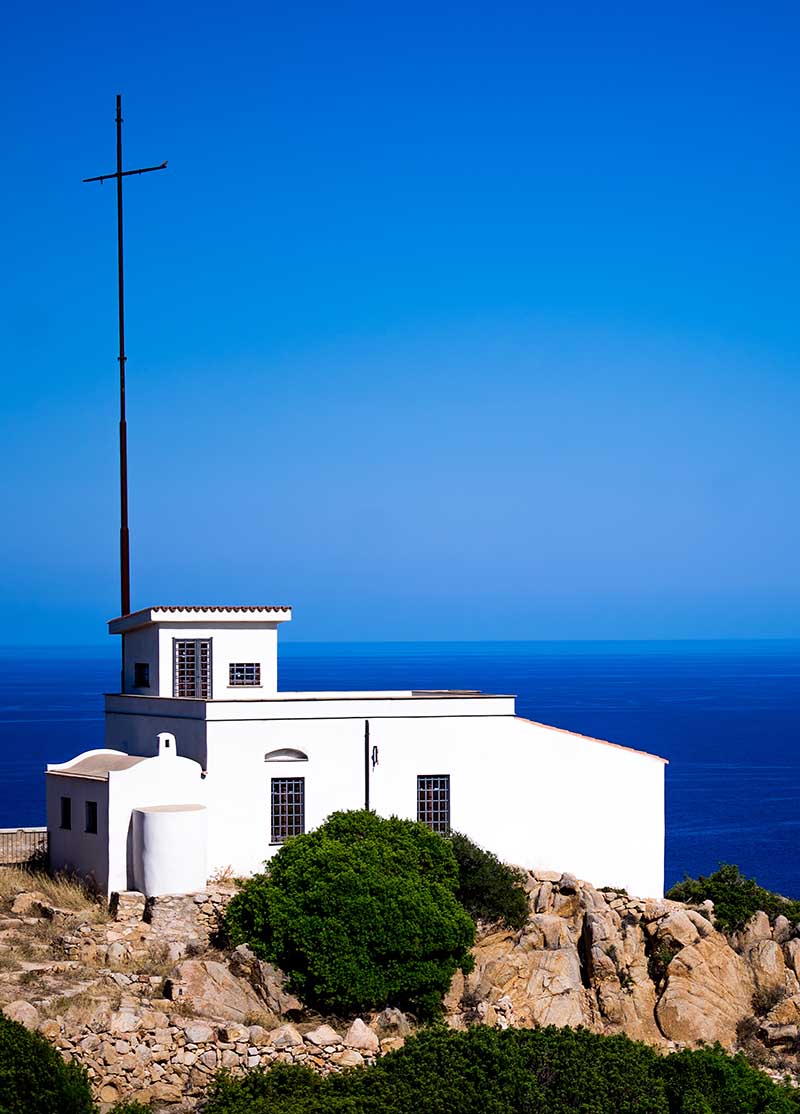

Capo Comino Lighthouse
The Capo Comino Lighthouse was built in 1903 but was only activated by the Regia Marina in 1925. Its structure consists of a quadrangular masonry tower, 20 metres high with a balcony and lantern, attached to the white, 3-storey keeper's house. For trekking enthusiasts, from the lighthouse, heading north in the direction of the oldlighthouse from which you can enjoy a breathtaking view, there is a path that will take you to Berchida.
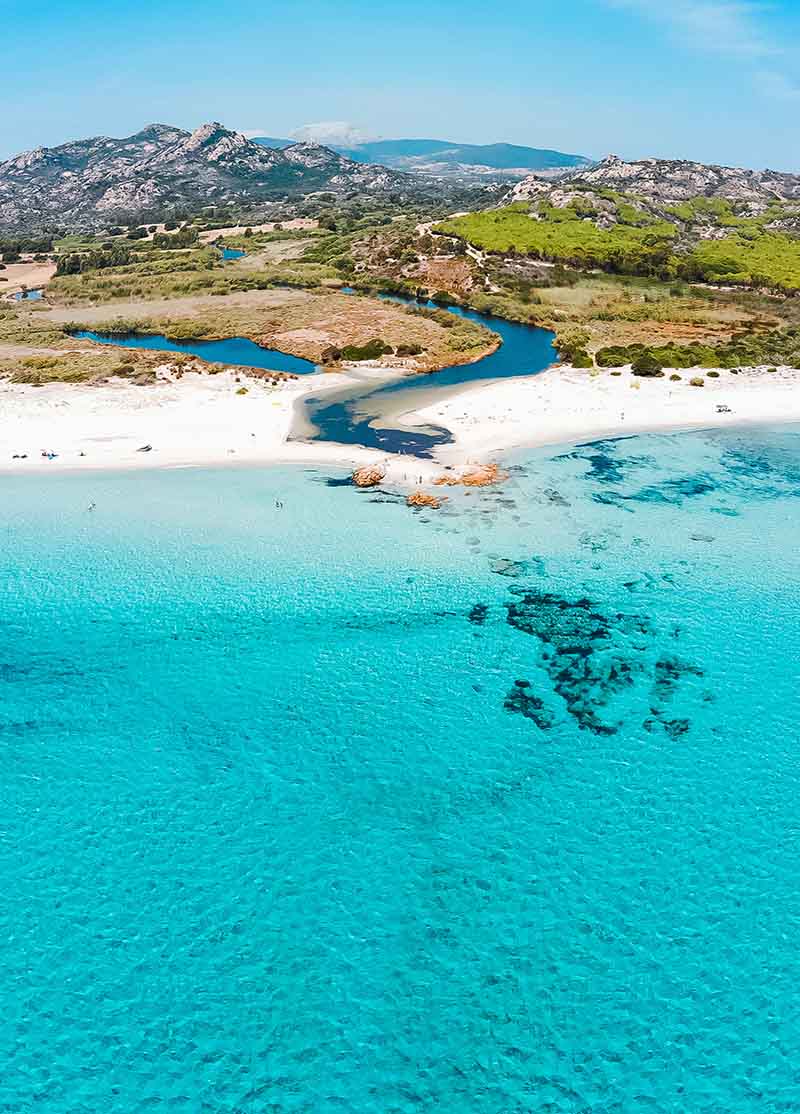

Bèrchida
A jewel of the island's north-eastern coastline, made up of dunes of soft, white sand, bathed by a crystal-clear sea and covered with centuries-old junipers that form curious natural huts, this is Bèrchida. Bèrchida is a beautiful, long and spacious beach, considered and voted as one of the most beautiful in the Mediterranean. It is located in the territory of Siniscola, in Baronìa, from which it is only a few kilometres away. Never overcrowded, it is an ideal place to relax and unwind, with shallow waters, fine sand and sea colours ranging from green to turquoise. Surrounded by centuries-old junipers and Mediterranean maquis, which act as a natural backdrop to the Berchìda stream, which at its mouth forms a small pond where numerous animal species live. But Bèrchida offers even more. Nearby are two archaeological areas where the remains of the nuraghi Conca Umosa and Paule e' Luca stand. To the south you will find the Oasis of Biderosa, a coastal forest of over a thousand hectares where you can spot migratory birds and resident species. Inside the oasis there is also a pond, home to pink flamingos and herons, a breathtaking sight.
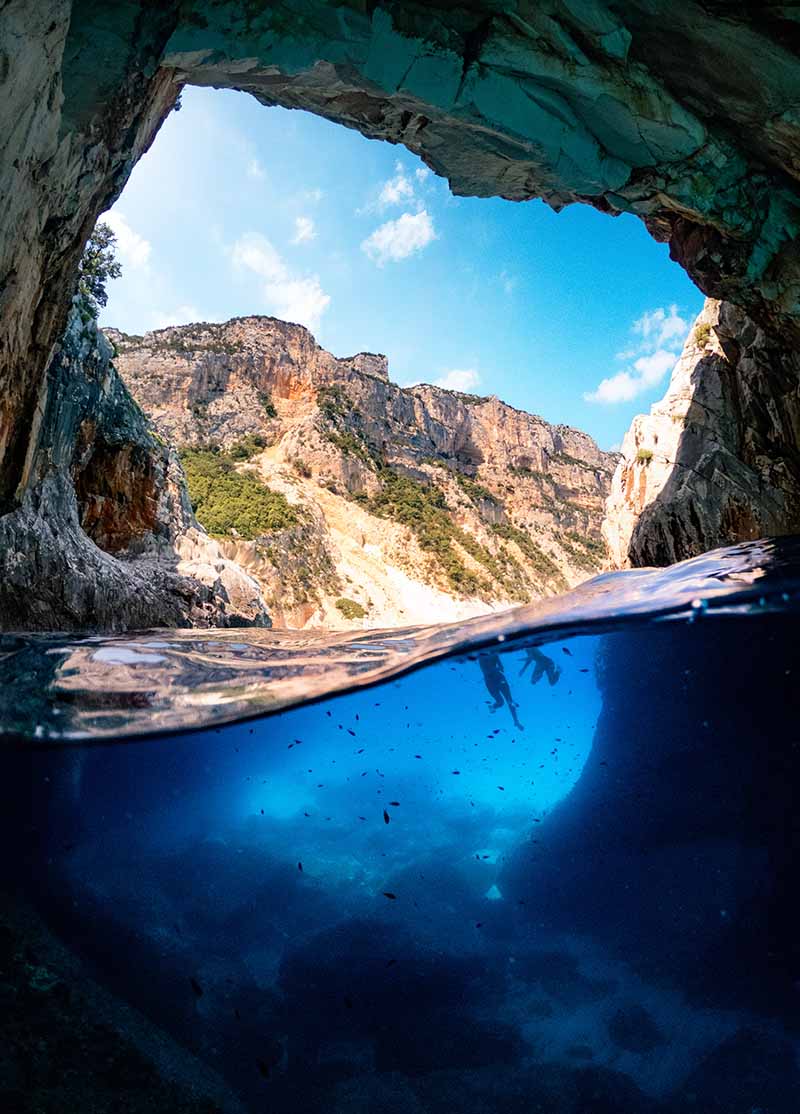

Cala Goloritzé
Cala Goloritzé is one of the coastal stretches where sea and mountains meet in perfect harmony. A 'protected' national monument since 1995, it is one of the most beautiful beaches in Italy. The spectacular sandy shore, composed of white pebbles, was formed by a sandstone landslide. A few hundred metres north of the main beach is the small 'spiaggia delle sorgenti' (spring beach), which owes its name to the spring waters that gush out among the rocks. To the south, the bay is bordered by a rock wall where the erosive action of the sea has carved a stone arch that plunges into the sea. The grandiose 'Aguglia a tramontana', a limestone spur, towers above this magnificent scenery.
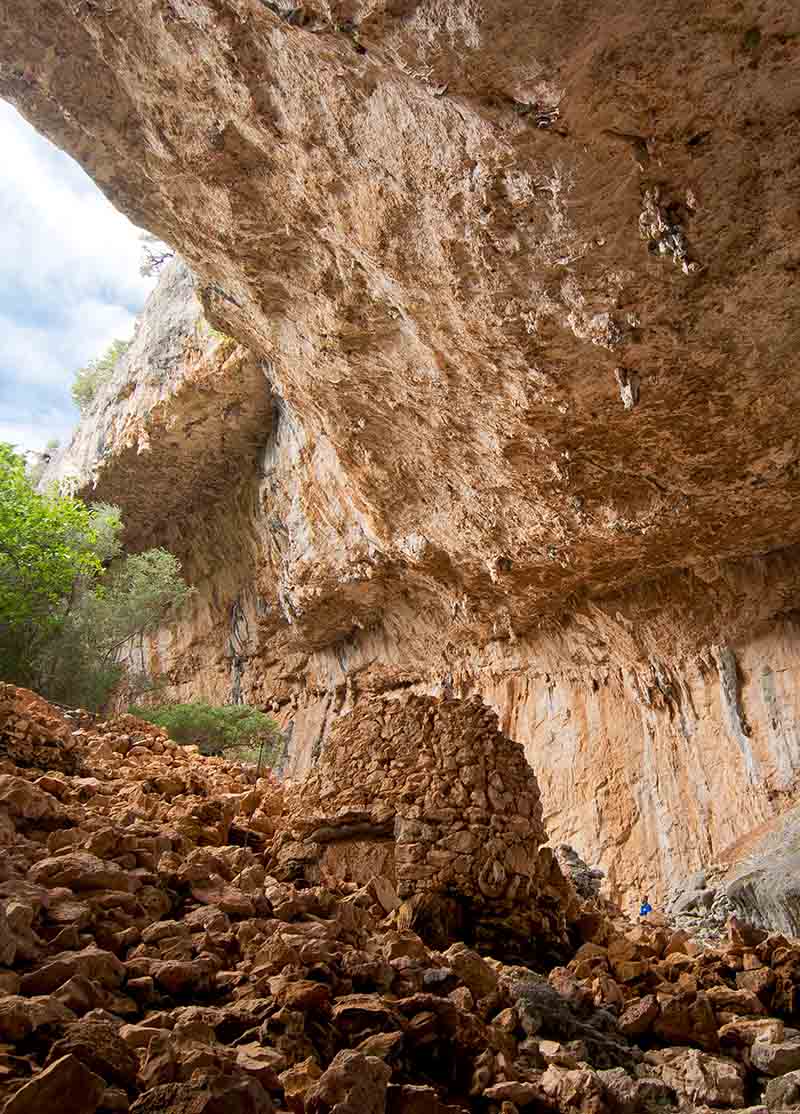

Nuragic village of Tiscali
An archaeological treasure hidden in the crest of a mountain, in a suggestive corner of the Barbagie. The hypogeous village of Tiscali is a unique Nuragic settlement in terms of topography and architecture, set in an enormous doline generated by a collapse in the 'roof' of the eponymous relief. It was perhaps the last bulwark of thelate Nuragic peoples against the Roman advance. Discovered at the beginning of the 20th century, it is a case study of the civitates Barbariae that populated the centre- east of the island in the Republican age. Mount Tiscali, just over 500 metres high, separates the Supramonte of Oliena and Dorgali. In its interior is the dolina, originally a karstic cave, then the vault collapsed and the landslide was invaded by vegetation. On one wall, an enormous window opens up, which once allowed one to watch over the valley, today one can admire the panorama. It is possible to climb both sides of the mountain, but until a few metres from the entrance to the 'uncovered' cave, you will see nothing. Inside, a path runs along the edge of the doline and will take you to the ruins of the multi-millennial village. A must for nature and archaeology enthusiasts.
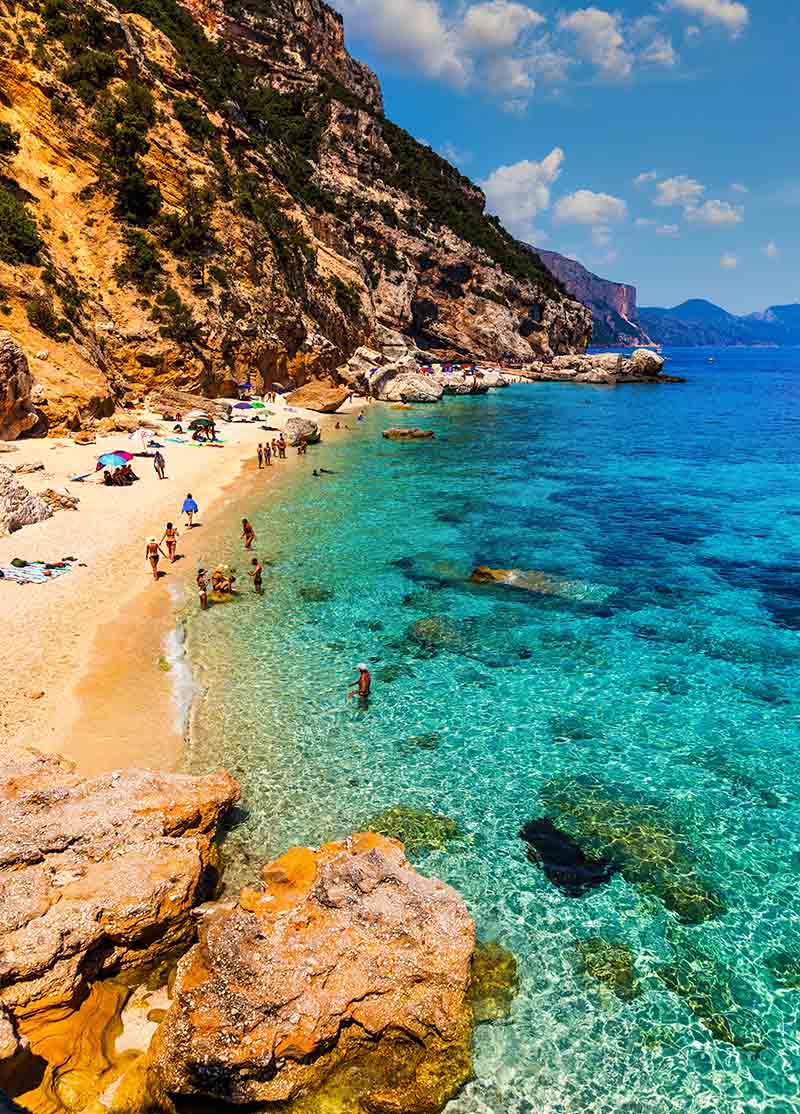

Cala Mariolu
Cala Mariolu, according to legend, owes its name to the exclamation of a fisherman who used to hide his catch in the cool of one of the beach's many caves. Returning to get it, however, he realised that the catch was missing and thought that there must be a thief in the cove, a mariolu in Sardinian dialect; in reality, the raid had been carried out by the monk seals that lived there. Cala Mariolu is a paradise on earth: a true dream beach surrounded by unspoilt nature, a breathtaking sight. This beautiful cove is the ideal place to spend a day in contact with unspoilt nature, to go scuba diving or snorkelling.
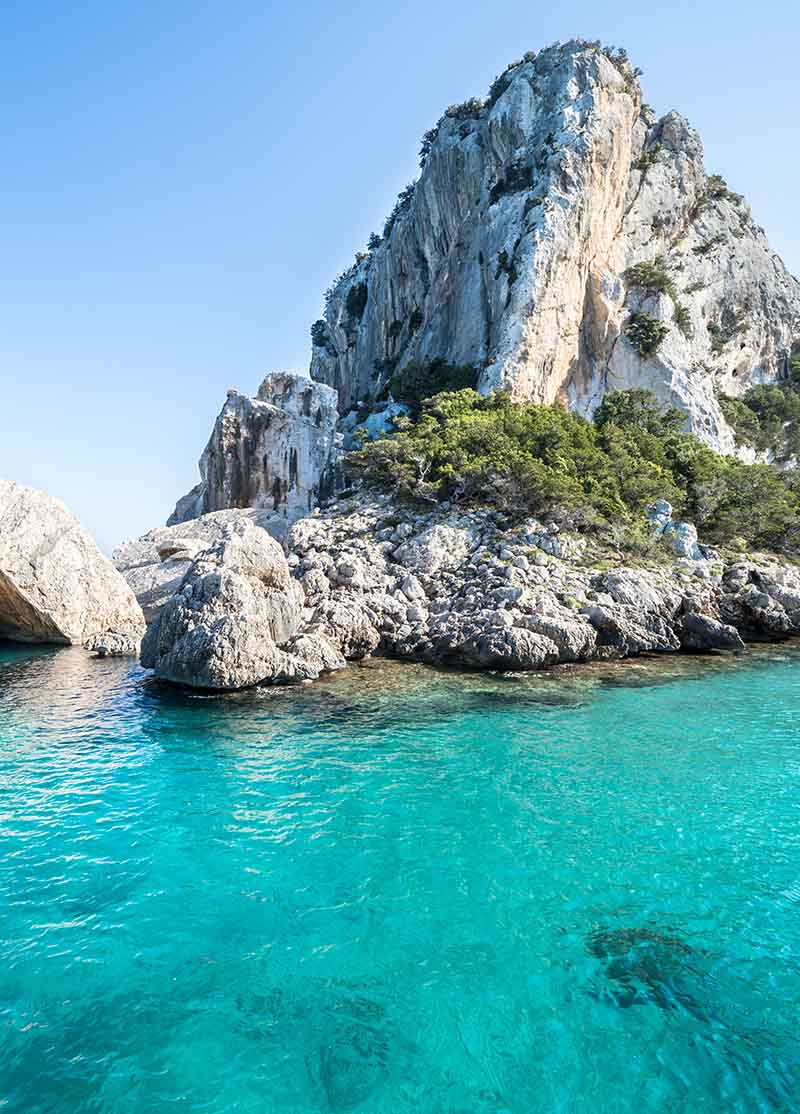

Cala Luna
One of the most famous beaches in Sardinia is Cala Luna, which owes its name to its crescent shape that stretches for about 700 metres. The cove with Polynesian features lies at the mouth of the rio Illune, a stream that has carved a long canyon, the codula di Luna, for millennia. The water flows along the gorge for kilometres and feeds a small lake behind the beach, surrounded by a grove of oleanders and Mediterranean scrub. Its seabed, shallow in the first few metres, quickly becomes deep, appreciated by snorkelling, diving and underwater fishing enthusiasts. Cala Luna is the ideal destination for those who love the sea and unspoilt landscapes. The secluded beach is about 3 kilometres from the Bue Marino cave, a large sea cave with stalactites, stalagmites and rock sculptures, which can be easily reached by boat from Cala Luna.
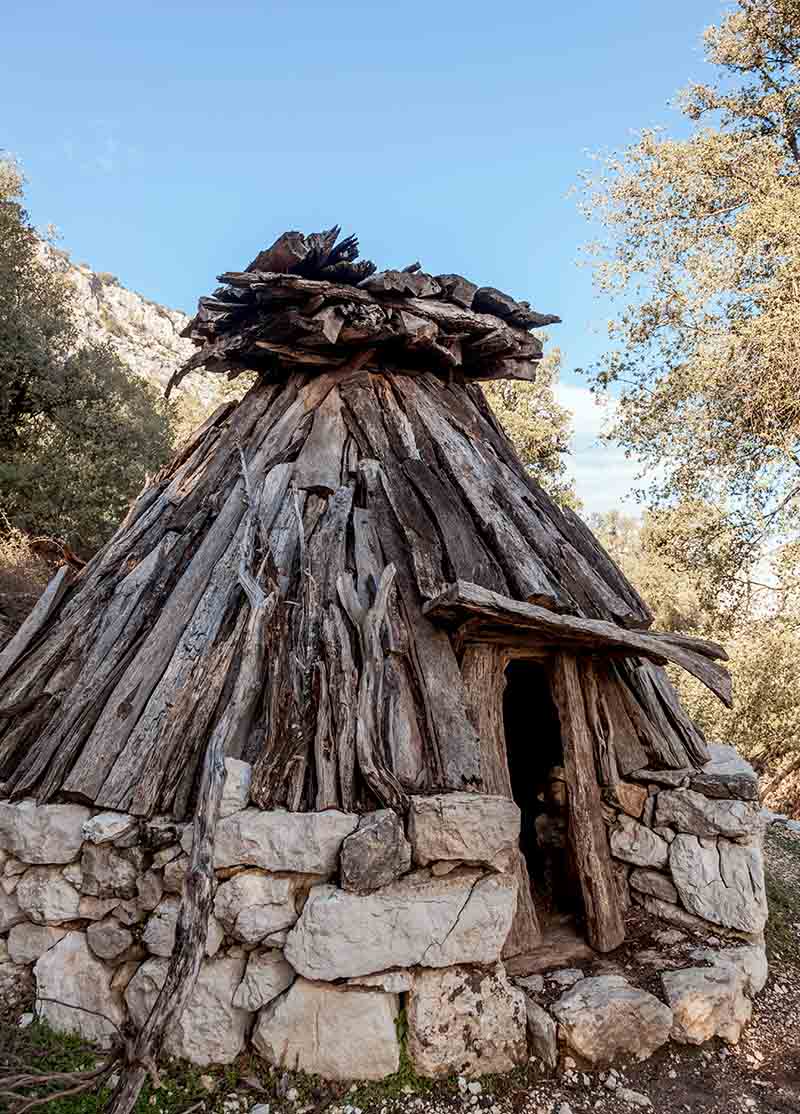

Gorropu Gorge
On the natural border between the municipalities of Orgosolo and Urzulei, in Supramonte, we find Gola di Gorropu, the deepest canyon in Italy and among the largest in Europe. At the bottom of the gorge flow the waters of the Rio Flumineddu river, which over thousands of years, with their intense erosive action, have given rise to this splendid canyon. It is almost 500 metres high, about 1,500 metres long and a few dozen metres wide at its widest points, sometimes narrowing to only 4 metres. All around the canyon is shrouded by thick Mediterranean scrub and in particular beautiful oleanders. Near the canyon are numerous nuraghi that tell a story of the exploitation of this natural resource by the Nuragic peoples. The canyon acted as a natural defence, with villages built in an elevated position above the canyon. The Gorropu gorge is formed by carbonate rocks rich in fossils of shells and sea urchins, revealing its marine genesis. But the gorge is also a naturalistic marvel you can admire the herbaceous Aquilegia nuragica or Aquilegia di Gorropu, which is at risk of extinction because it only grows here and in very few specimens.
